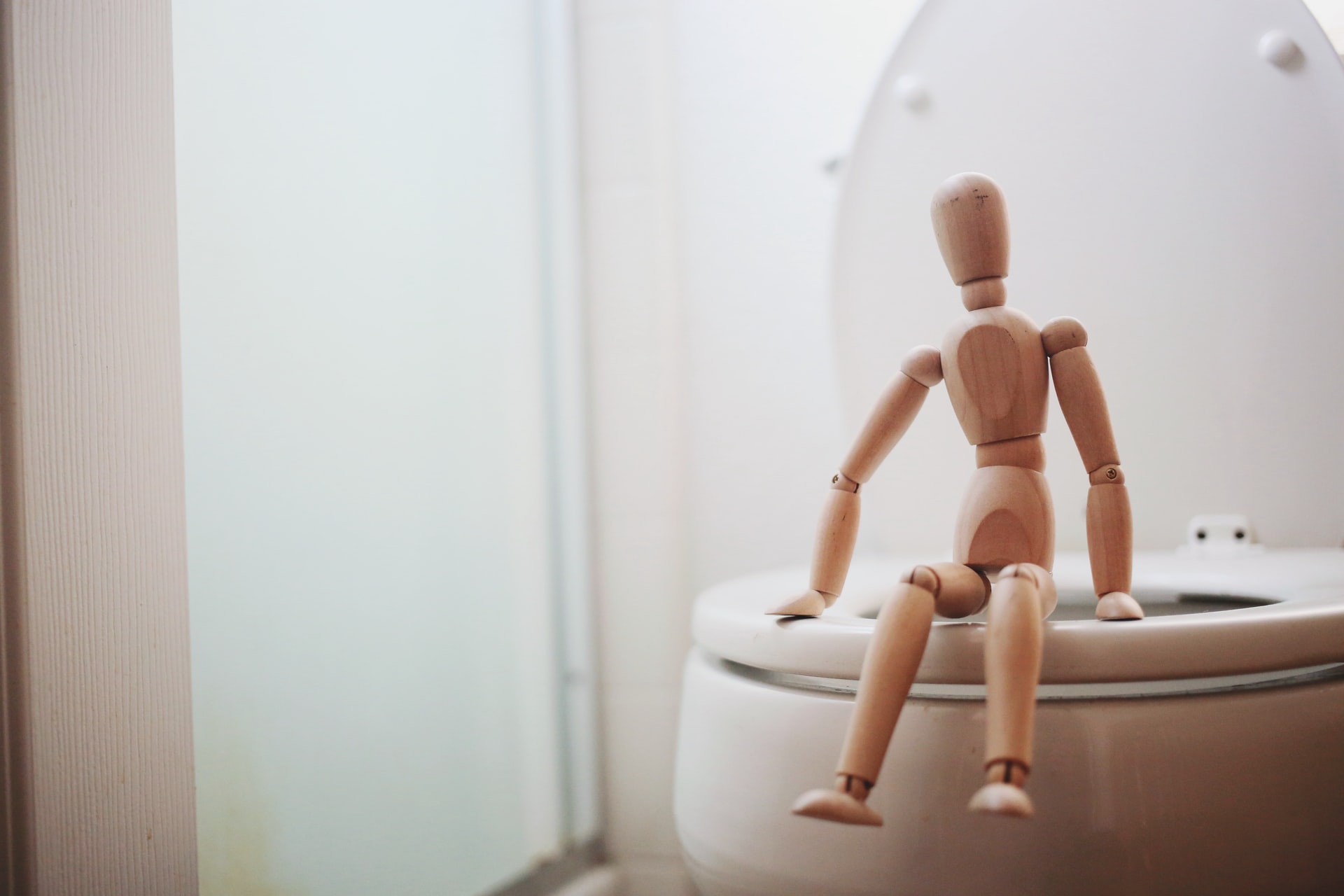When you’ve gotta go, you may need help

Photo by Giorgio Trovato
You’ve probably seen the ads: A row of women in nothing but their undies. Look closer and you realize they are wearing special panties — extra protection so they don’t leak urine in public.
The market for such products is growing as the population ages. In fact, people’s preferences for “absorbent briefs” (no longer known as “adult diapers”) over pads or other products is even a topic of research for Kathleen Hunter, professor in the University of Alberta’s Faculty of Nursing and nurse practitioner at the Continence Clinic at Edmonton’s Glenrose Rehabilitation Hospital. The clinic started out just for older patients but has since expanded to serve adults of all ages.
Hunter has devoted her gerontological nursing career to providing improved quality of life — and hope — for people with incontinence.
“Not being able to control your bladder can be embarrassing. It’s highly stigmatized in our society, and it can be brushed off as one of those, “Oh, you’re getting old, dear” things, when it’s not,” Hunter said.
“Even though we may not be able to ‘cure’ incontinence, we can work with people to improve their continence status and help them find ways to manage it.”
Folio asked Hunter to explain how and why urinary incontinence happens and what can be done to help.
About half of Canadian adults report bladder symptoms such as incontinence, Hunter estimates, and these become more common with aging. For frail people in long-term care settings, the rate is as high as 80 per cent, especially for those living with dementia.
People can experience symptoms in three ways, Hunter noted:
Stress incontinence — when you leak urine with a cough or laugh, or even while running or jumping — is more common for women than men.
Urgency incontinence — when you’re suddenly overcome with the urge to go and you’re in trouble if you don’t make it to the bathroom immediately— affects both women and men.
Nocturia — when your bladder wakes you up during the night — can mean getting up two to three times or more, and is bothersome for both men and women.
The causes of these symptoms can be complex, Hunter said. Women may not realize they have suffered damage to the perineum during childbirth, and though their pelvic floor muscles may be able to compensate for years, that becomes more difficult as hormones change and tissues age. In women, sometimes pelvic organs prolapse, or slip down, causing pressure and discomfort.
Similarly, surgery or changes to the prostate can lead to bladder symptoms in men. Conditions ranging from diabetes to sleep apnea to heart problems can all contribute as well.
The first step for patients who come to the continence clinic is a thorough assessment, including a physical exam and medical history and an understanding of all of the symptoms (bladder and bowel) the person is experiencing.
For Hunter, one of the key questions is which symptoms are the most bothersome and get in the way of what she calls “Kathleen’s marker of manageable” — which is being able to go for at least two hours without a bathroom visit.
“If you can hold it for at least two hours, then you can get around the grocery store, you can get out and have lunch, or visit with your family — those social interactions that are so important,” she said.
Pelvic floor muscle exercises: One of the first therapies Hunter’s team prescribes is learning how to strengthen the pelvic floor muscles using “Kegel” exercises and other techniques, often under the guidance of a physiotherapist with special training. These can help with stress incontinence, urgency and frequency.
Absorbent products: Whether it’s a pull-up style brief or an absorbent pad, these can give you assurance that you’ll be able to get through their errands or social visits without an accident. But Hunter noted the cost can add up quickly, so these products shouldn’t be the only strategy.
Diet: Over time, even a 10 per cent weight loss can improve some symptoms of incontinence, Hunter said. Changing what you drink, how much and when may also help, particularly when it comes to caffeinated drinks.
Medication: Hunter finds sometimes low-dose vaginal estrogen for women can decrease irritation and urinary tract infections, which contribute to incontinence for some women. Other medications may help with urinary urgency.
Pessaries: Sometimes a device called a pessary can be inserted into the vagina to provide support for prolapsed organs.
Further investigation or surgery: If conservative measures aren’t helping, further testing such as “urodynamics” — a computer readout that shows exactly what’s happening as the bladder fills and empties — may be ordered. A gynecologist or urologist may suggest more invasive therapies. For example, botulinum toxin can be injected to help the bladder muscle relax, and surgical procedures can be done to correct prolapse.
“We have a range of strategies, working with our clinical partners, to help people with what can be a horrendously disruptive problem in their lives,” Hunter said.
Along with her clinical practice, Hunter’s research is focused on making life better for people with incontinence, including trying to improve training programs and toileting protocols for nurses and care aides in hospitals. She noted that continence issues will often worsen while someone is in hospital, and it may not be just due to illness, but also to overuse of catheters and pads, loss of function, and staff being too busy to help patients get up to use the toilet regularly.
Hunter’s work is supported by Alberta Health Services’ Seniors Health Strategic Clinical Network, the Canadian Institutes of Health Research and the Glenrose Rehabilitation Hospital Foundation.
